|
Its all I have to bring today, This, and my heart beside, This, and my heart, and all the fields, And all the meadows wide, Be sure you count, should I forget, - Some one the sum could tell, - This, and my heart, and all the bees Which in the clover dwell - Emily Dickinson - Throughout the year I have watched as white and red clover have spread into small but growing patches around the garden, have seen the arrival of bees, bumblebees, hoverflies and butterflies to the nectar rich flowerheads and can't help thinking that these plants are generally considered weeds (still classified as weeds in certain areas both in agriculture and horticulture). Small-leaved white clover - Trifolium repens, is a creeping perennial native found in grassy places, hedgerows, meadows, roadsides and wildflower lawns. It is a member of the pea family and in Ireland the clovers also include Red, Strawberry, Hare's-foot and Alsike and I also added to my meadow Trifolium rubens, the Ruby clover. Between May and October, it bears, on long stalks, rounded heads of creamy white, scented flowers, sometimes with a hint of pale pink that gradually fade to brown. The flowers arise from clumps of green, trifoliate leaves with rounded tips that are often marked with a white 'V', and clover is well known for its value to wildlife especially bumblebees and the common blue butterfly. In surveys white clover was one of two plants that the Irish nation considered to be 'shamrock' - the other was lesser trefoil. The name trefoil or trifoliate, means three leaves and therefore, in Irish folklore to find a four-leaved clover was considered to be extremely lucky. The possessor of this rarity would be blessed with the 'luck of the Irish' and would be successful in all endeavours undertaken; as if that wasn't enough, a four-leaved clover also granted the bearer the power of second sight. Perfectly manicured, weed free, bright green and possibly stripey grass may be your idea of perfection, a way to fit into your neighborhood where people are judged by the state of their front gardens. An area of lawn where moss and all 'weeds' are eradicated - even the good ones such as dandelions and yes, clover. But it wasn't always this way. Why Clover Went Out of Style Prior to World War II, lawn seed mixes actually contained clover seed, it was considered so essential that 'back in the day' it was a standard component, in fact, you couldn’t find a single lawn seed mix without it. .Just before the war, however, a Swiss chemist named Paul Müller discovered DDT, a chemical that would effectively kill insects and from that formulation US and European chemists very quickly, began developing new classes of chemicals that killed plants as well as insects. As the war ended, a new war began, a war against the insects and weeds that farmers were fighting to bring in the crops. Where 'victory gardens'; encouraged during the war to supplement food production, had been widespread, the interest in vegetable gardens and orchards waned with the coming of peacetime but the chemical warfare on weeds had, by then, been instilled in the psyche. Then, as today, agriculture uses most of the chemical pesticides and between 1947 and 1949, private pesticide companies invested billions into expanding their production facilities; there were huge profits to be made; and the risks and dangers to human health and the environment were not yet known. The publishing of the book 'Silent Spring' by Rachel Carson in 1954 made the world hesitate for a while but not enough to stop the march of the pesticide industry. These global agri-chemical companies, the very same ones creating the herbicides we use today, having already monopolised agriculture, turned their aggressive marketing toward horticulture and what was once a beautiful and beneficial wildflower was turned into a 'weed'. With more (but definitely not enough) homeowners today avoiding the use of pesticides, it’s likely clovers could once again be a wonderful part of lawns everywhere. Shocked? Why would anyone want to reintroduce what’s considered a weed into their lawn? Clover is beneficial in lawns because it fixes atmospheric nitrogen into soil fertilizer and it draws up and accumulates trace minerals so that, when clover is cut and decomposes, it makes the minerals available to the grass and to the soil life below. The grass becomes more disease resistant because of clover and it reduces the need for added fertiliser. Clover is beneficial because research has shown that white clover in lawns support up to 37 species of bees as well as hoverflies and butterflies, including the Common Blue. If you want to add clover to your lawn, Spring sowing is probably best but September can also work well. Clover likes cool, fertile soil with adequate soil moisture; its root system rarely goes down more than 60cm, which makes it good for relatively shallow topsoil. Mow the existing lawn short and rake out any thatch buildup so that the small clover seed can make contact with the soil, mix the tiny clover seed with sand, compost, or soil to aid dispersal (about 50g per 100sq m). Then let nature take its course, it may take a couple of seasons before there is widespread germination but it will be there. Clover will reintroduce a springy, soft, green carpet back into your lawn. It’s cushiony to the feet, aids in both weed control, erosion control, has inbuilt fertiliser and the white flower heads are attractive to honey bees and other pollinators. The modern lawn industry still say you need to put down herbicides to keep out the weeds, especially the clover; the benefits of having clover in your lawn are now well-documented and once clover is introduced into the lawns it is hard to justify the continued use of chemical fertilizers and herbicides.
So, they are fighting back, fighting for their market share, finding new ways to tell you to kill the weeds, NEW objections to introducing clover into your lawn. My favourite is - 'It's dangerous' — The clover will flower and it will be VERY attractive to bees; if you are not paying attention you will step on one and they will sting you. It maybe a long shot but perhaps more people will come to realise that we shouldn’t have been so hasty to get rid of clover in the first place.
1 Comment
Jorge
7/13/2024 05:09:12 am
Thanks for researching and sharing this. I did know the benefits of it but did not know why it was considered now a weed. thanks!
Reply
Leave a Reply. |
WildEdges
A haven of quiet countryside highlighting issues affecting the natural world. Categories
All
|
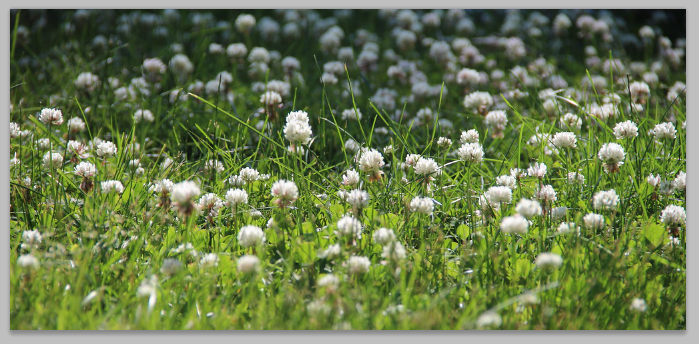

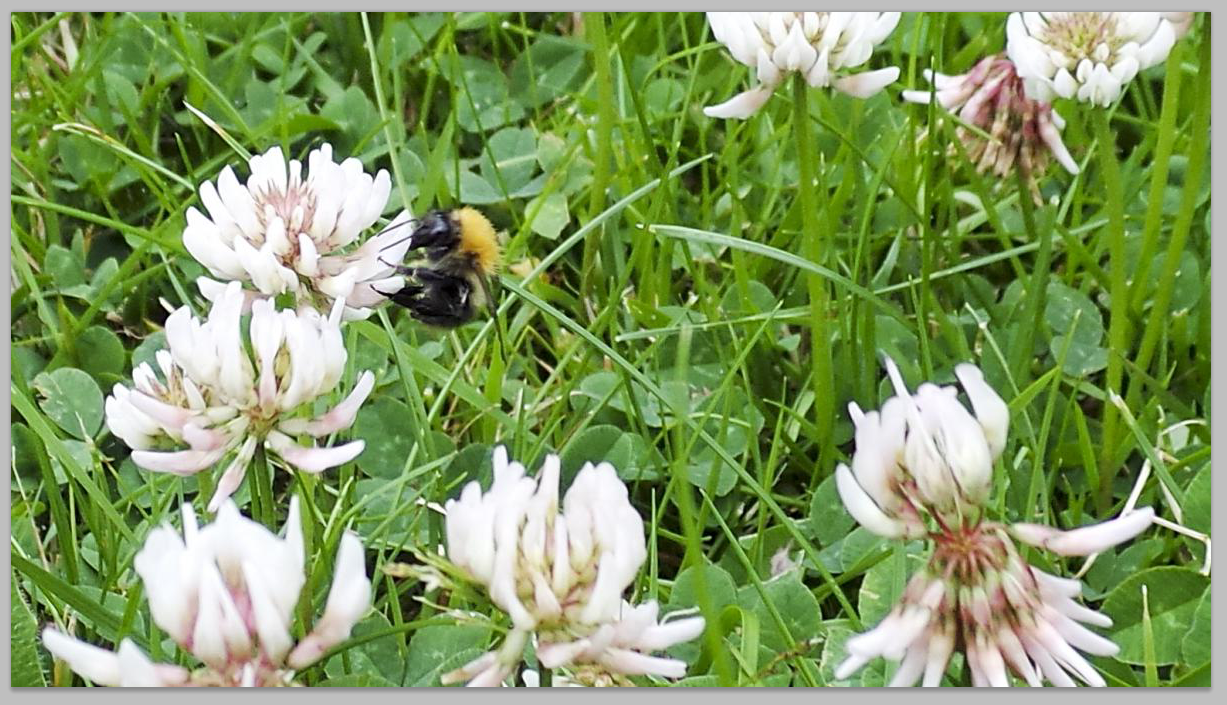

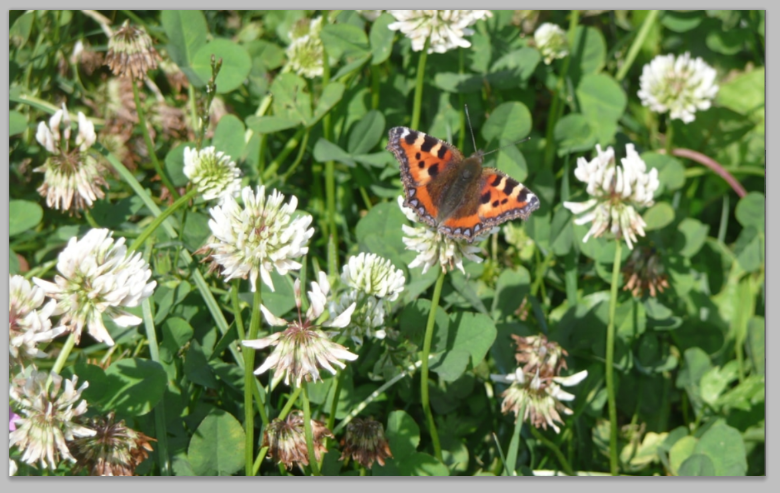

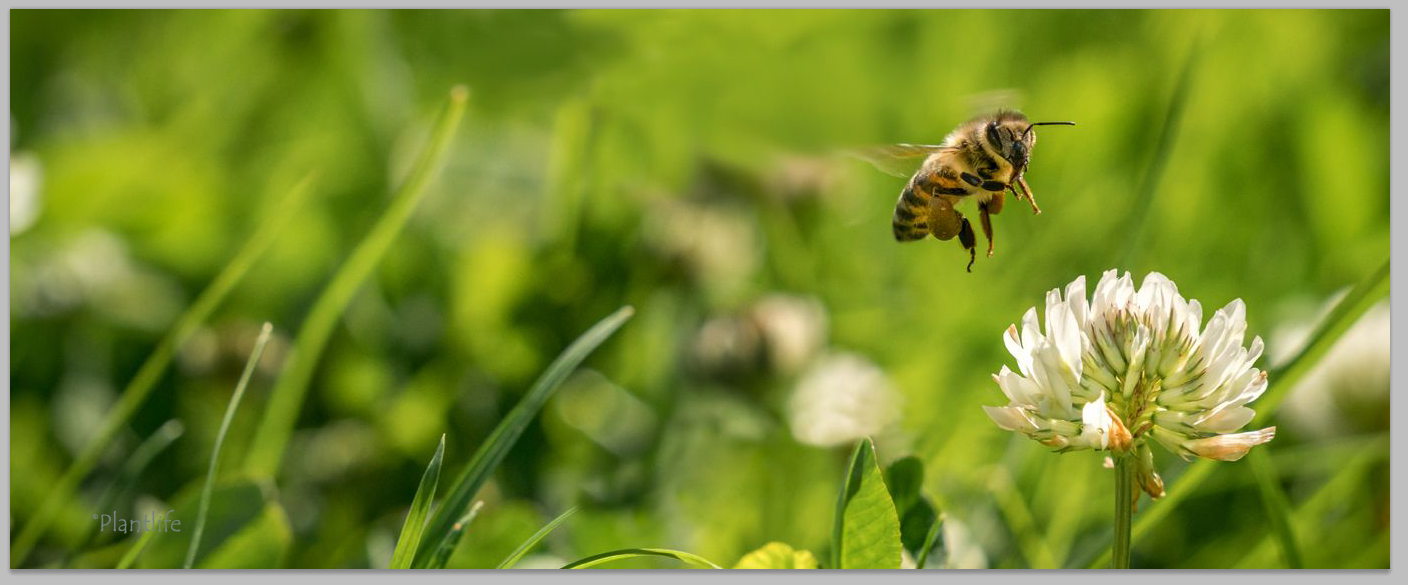
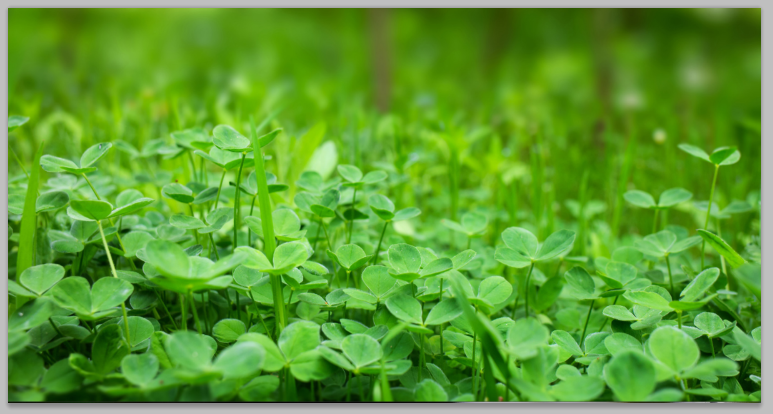
 RSS Feed
RSS Feed